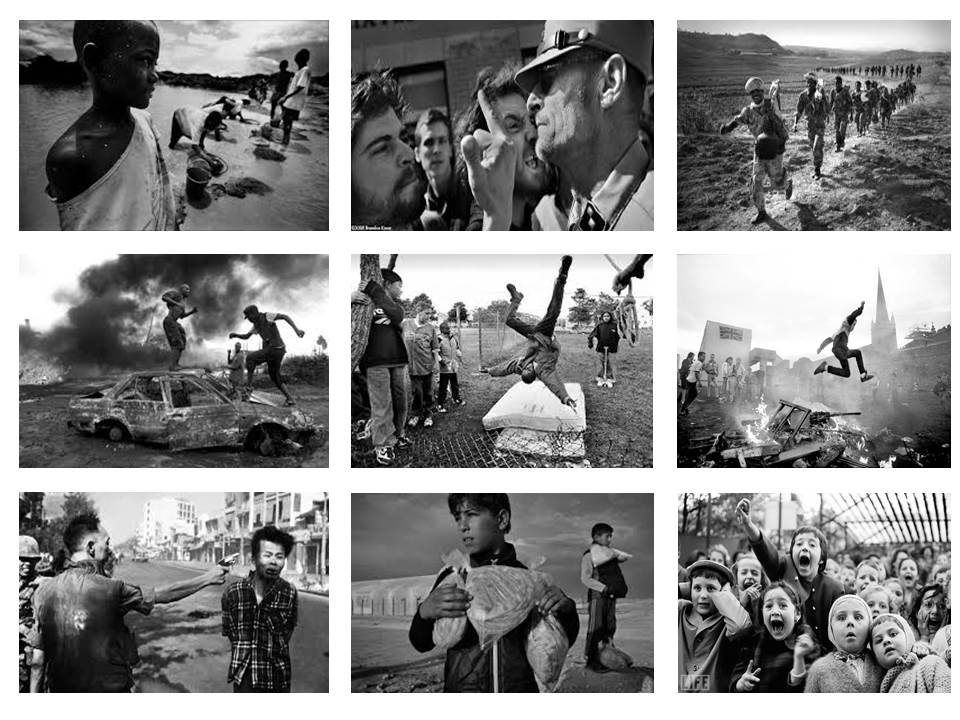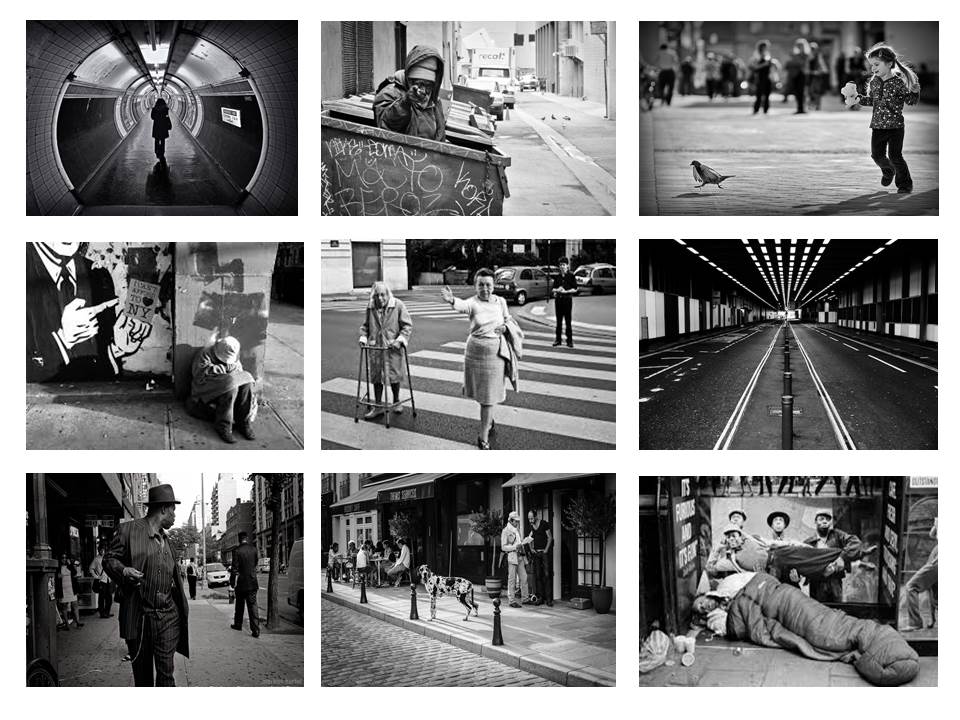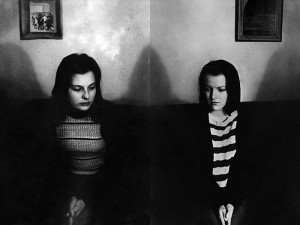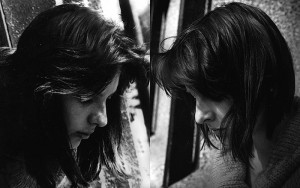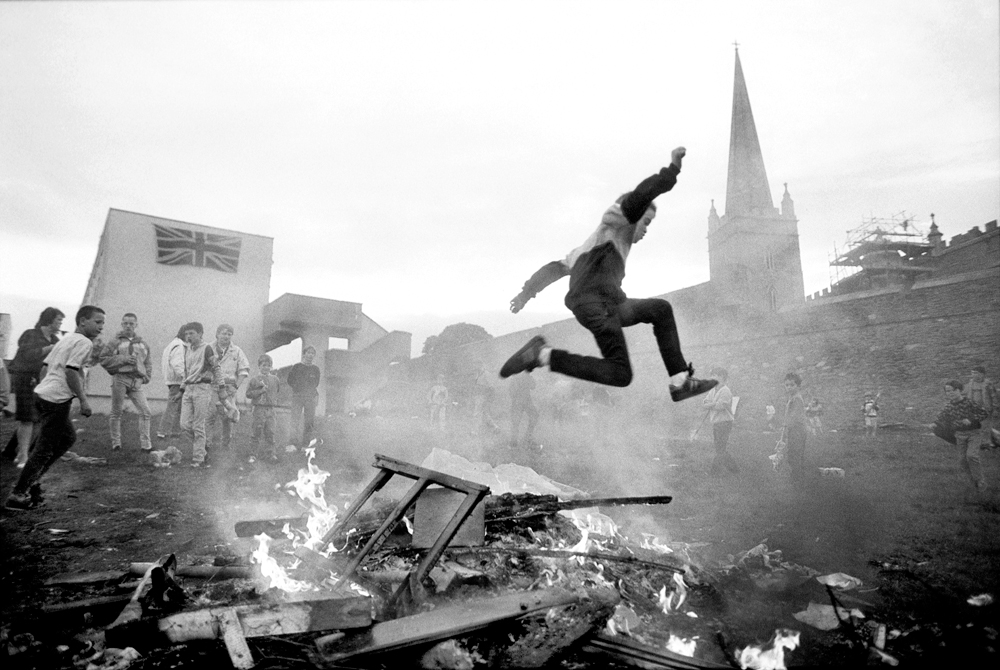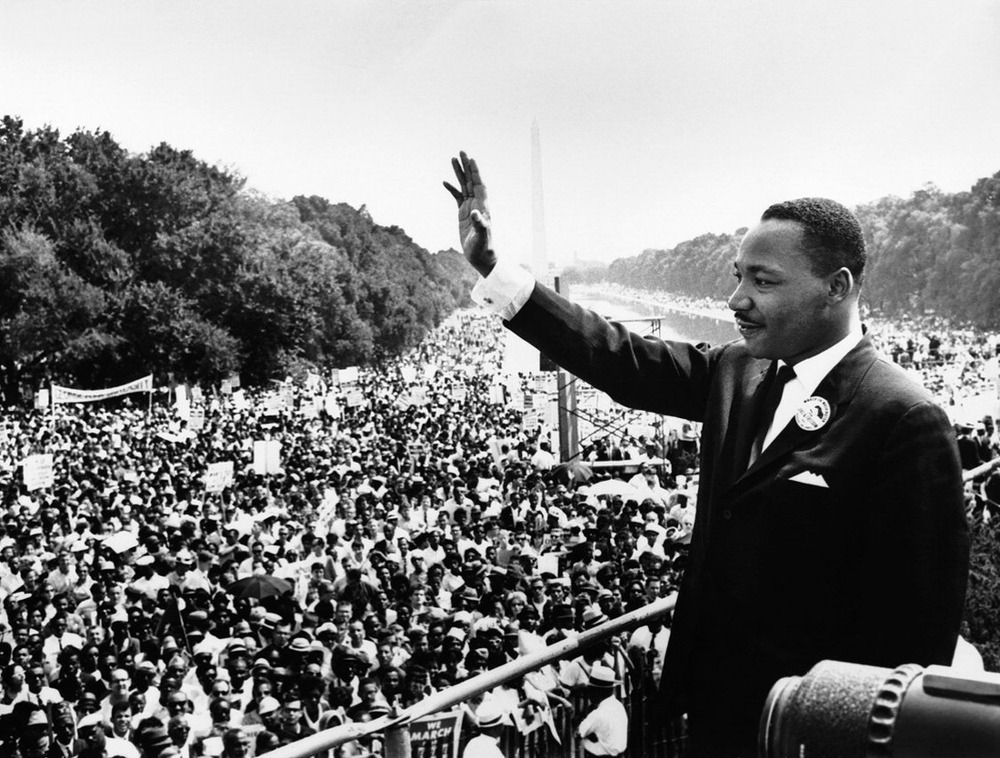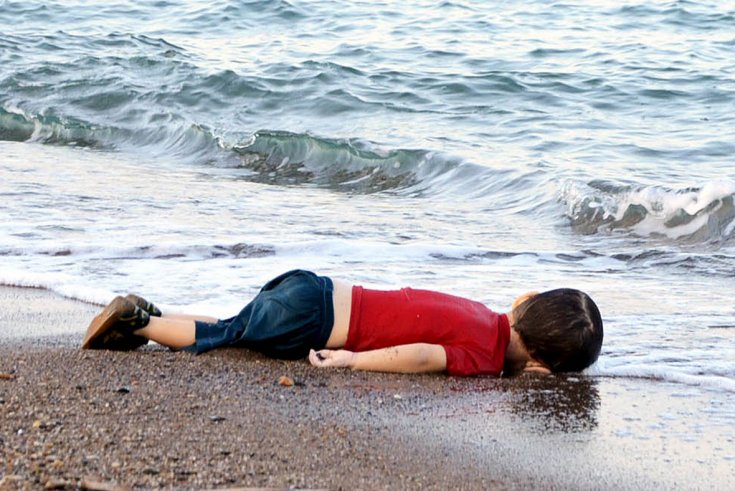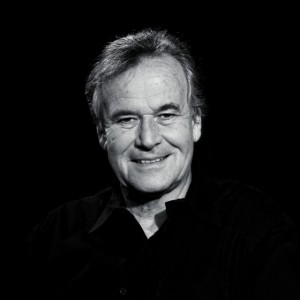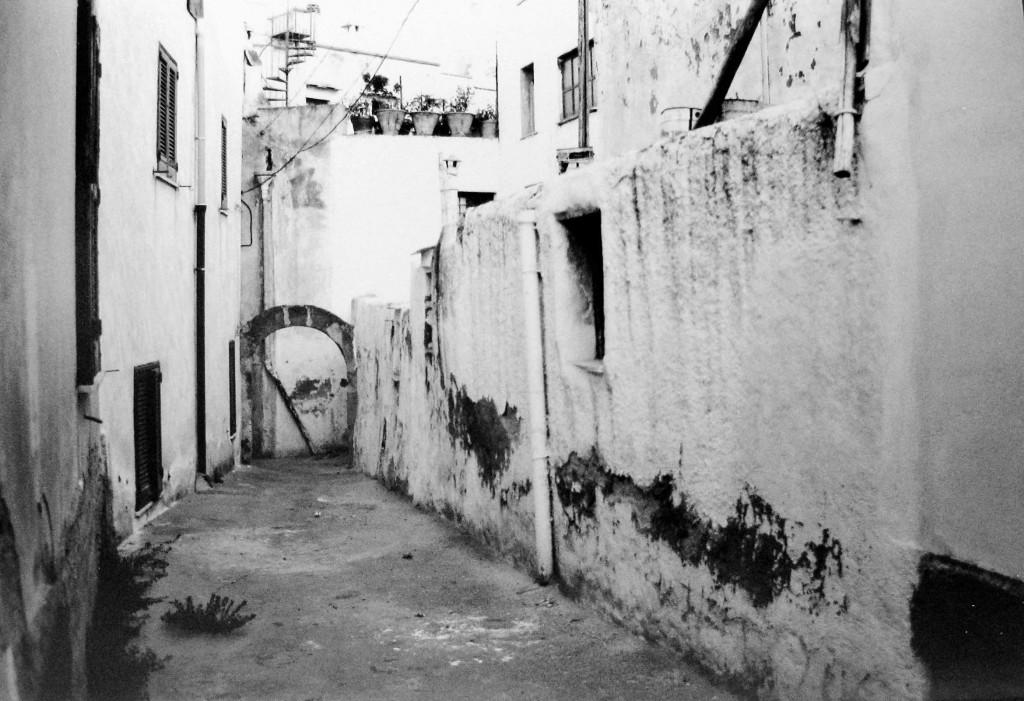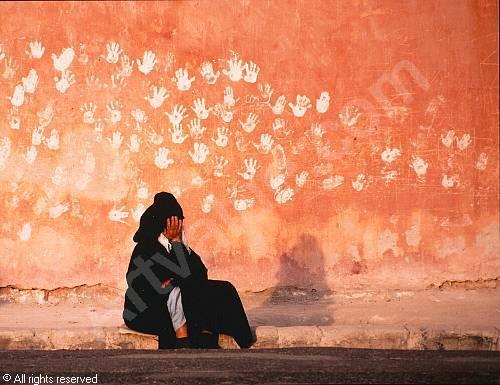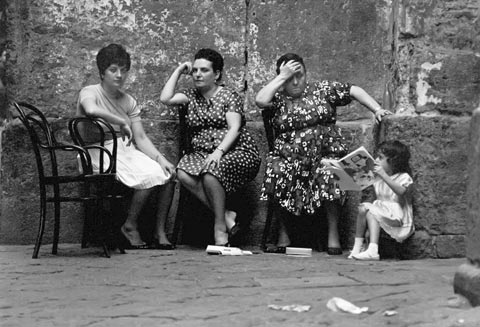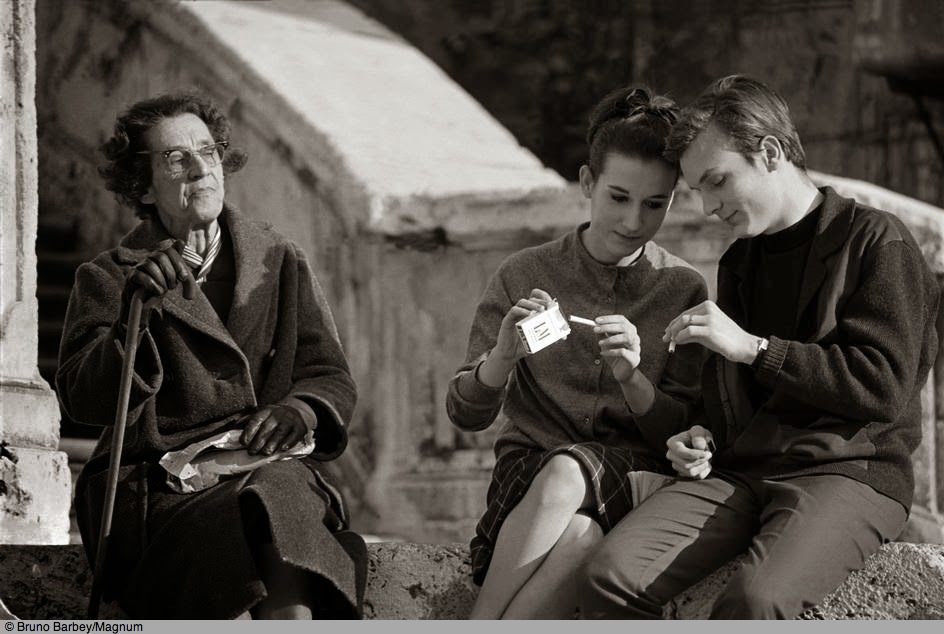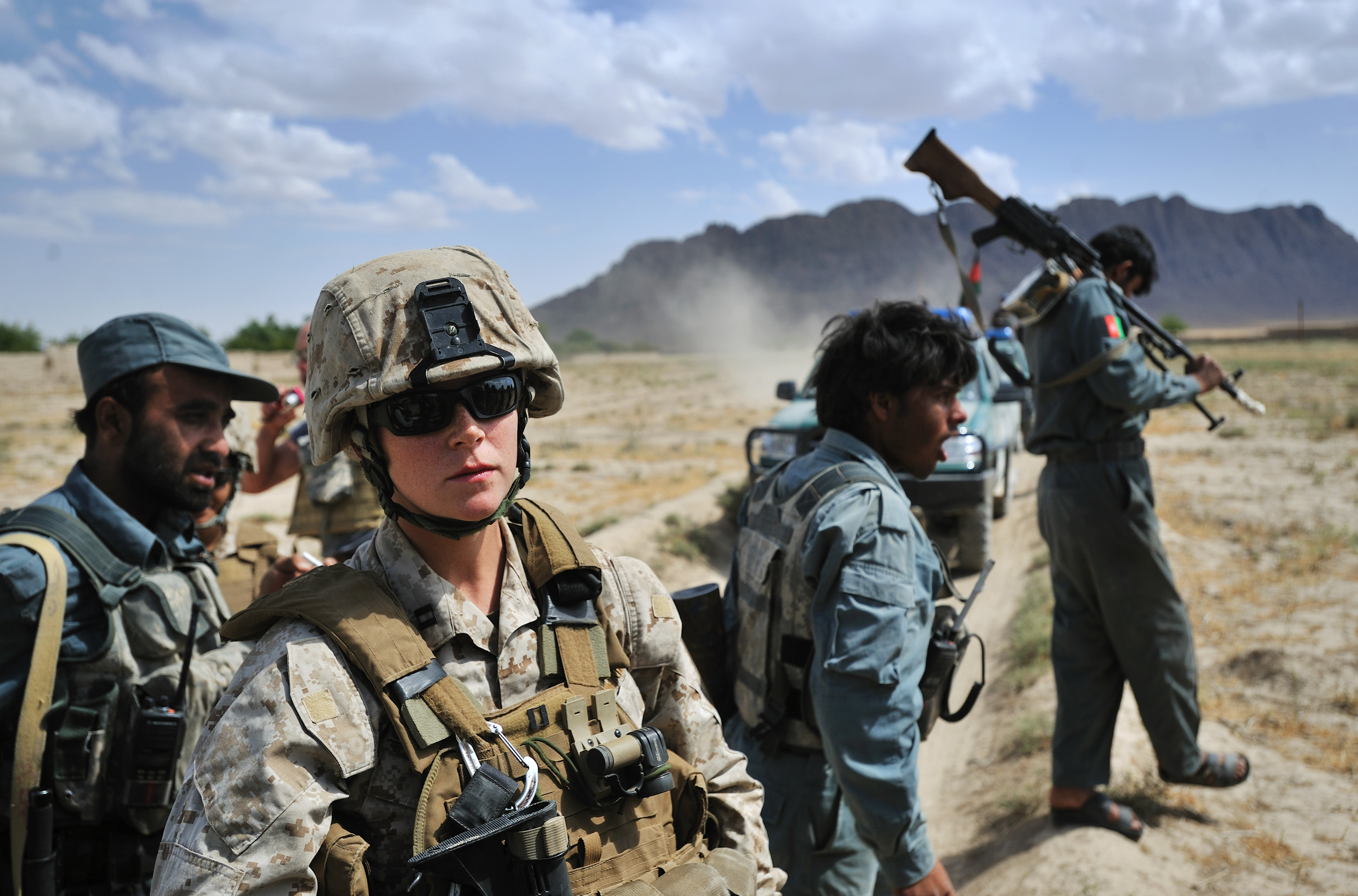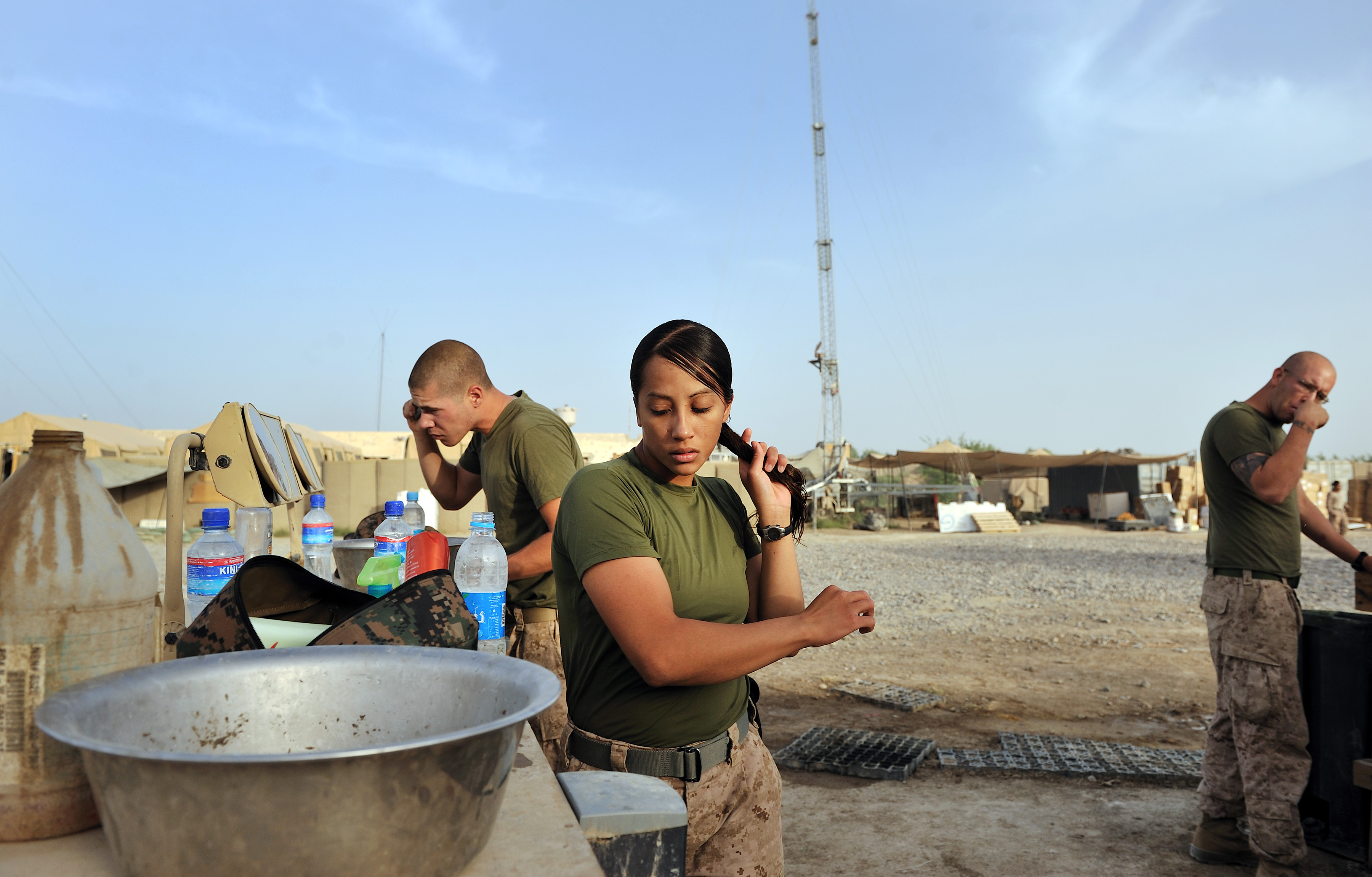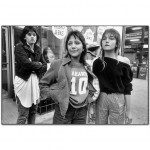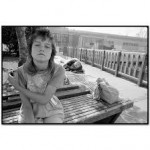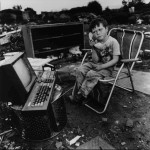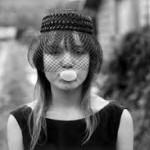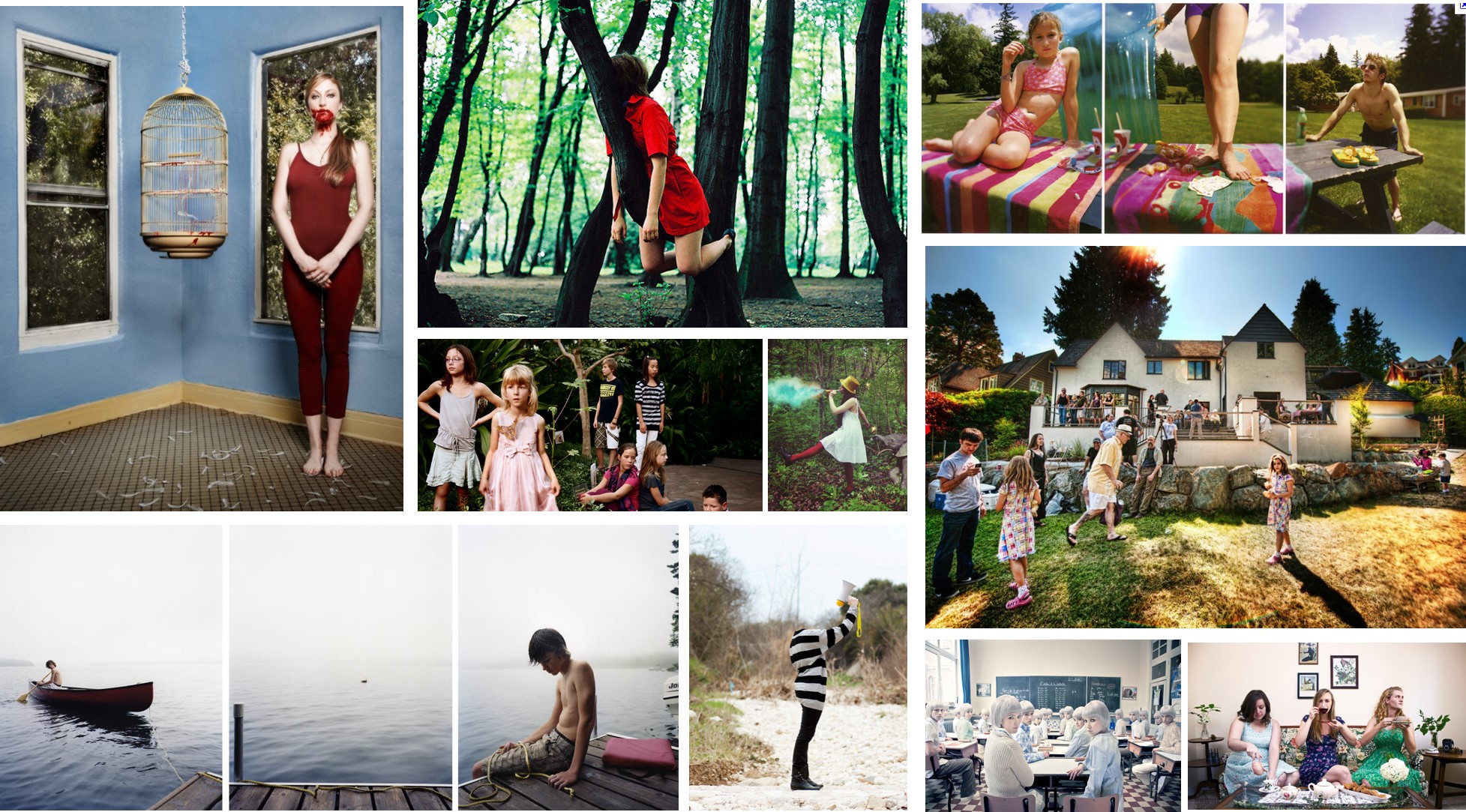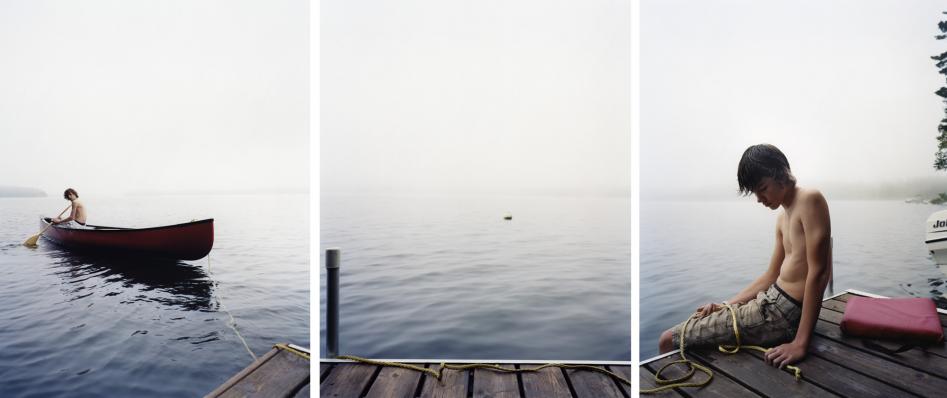Photojournalism is a sub genre of documentary photography. In fact, it’s very similar to it. However there are some differences, which significantly distinguish it. Here are some of those:
Documentary photography looks at a situation over a certain period of time, essentially capturing the real components of life. Meanwhile, photojournalism normally consists of one image which doesn’t show any sort of journey.
Photojournalism is usually displayed in ‘pop culture’ sources, for example in magazine and also in newspapers. The majority of the time, these pictures are placed in magazines, with absolutely no context to the actual subject. This alters the viewers perception of the truth. Photojournalists normally have a dedicated time limit and in result may not produce images that depict the truth about a subject. Most of the time the audience is left to come to a decision, with little proof of it. Documentary, on the other hand, is normally issued in books. Photographers of this sort have a much larger time restraint. They are free to discover ever-growing situations which occur daily. To sum it up, photojournalism images are meant for ‘quick consumption’, whilst documentary images show more and are harder to understand. Here are some examples both of their presentation styles:


Although photojournalism is for quick consumption, it can also affect many people. For example, if an article about cricket is posted, where a specific team wins, the fans of that team may be very interested by it. Here are some great examples of this that still have a impact on people today:

This image was taken at the moment when Kennedy was assassinated. You can see the sheer chaos and drama that’s going on around him. The lady beside him is seen scramming out of the car in shock. In itself, this photograph is very powerful and has changed many people’s thoughts and perceptions on the case.

Again, this image was extremely controversial. Nobody really knows exactly what the outcome of this picture was, although Clarke does provide an explanation. Some people bashed the photographer, calling him out for his inhumane ethics, suggesting that he should have helped the starving child out. Anyway, this has had and still has a massive impact on our society. It shows the horrible truth on world problems and how children are becoming over-struck by famine. The small child is pictured curling up in a ball, as he struggles to crawl to the nearest food centre. The fact that the vulture is stalking her, has a very serene feeling to it. It almost looks like the bird views the venerable girl as prey. Also, audiences worldwide noted how defenceless the child was. The hunting bird was probably waiting for the child to die, before it could recklessly attack. Kevin Carter took this picture in 1993 and the title of the photojournalism piece was ‘The Vulture and the Little Girl”. Personally, I find this quite disturbing. Unfortunately, Clarke ended up becoming over-come with depression, which led him to suicide. I believe that the grief he got from viewers. relating to this image, is what caused it. What happened that day in Sudan is explained in this quote:
“The parents of the children were busy taking food from the plane, so they had left their children only briefly while they collected the food. This was the situation for the girl in the photo taken by Carter. A vulture landed behind the girl. To get the two in focus, Carter approached the scene very slowly so as not to scare the vulture away and took a photo from approximately 10 meters. He took a few more photos before chasing the bird away.”
Here are some more examples of photojournalism:


To conclude, Photojournalism is a sub-genre of Documentary photography. Although the pictures end up looking very similar they have multiple differences. For instance: the presentations style, the meaning, the interpretations, the audiences and process.

